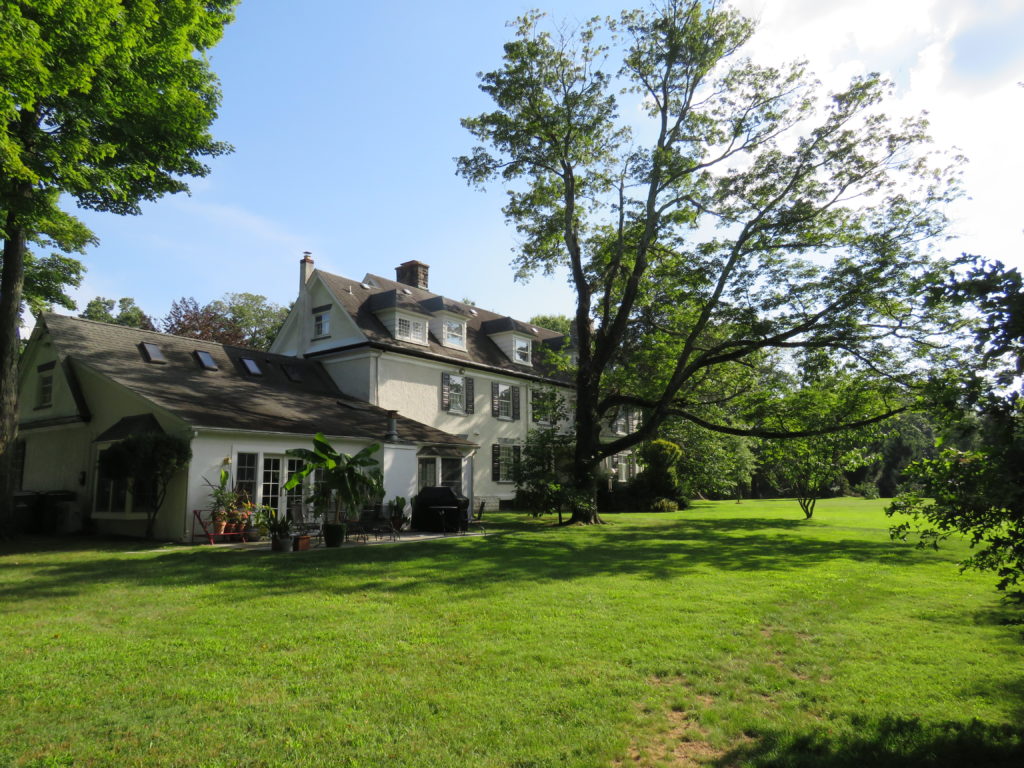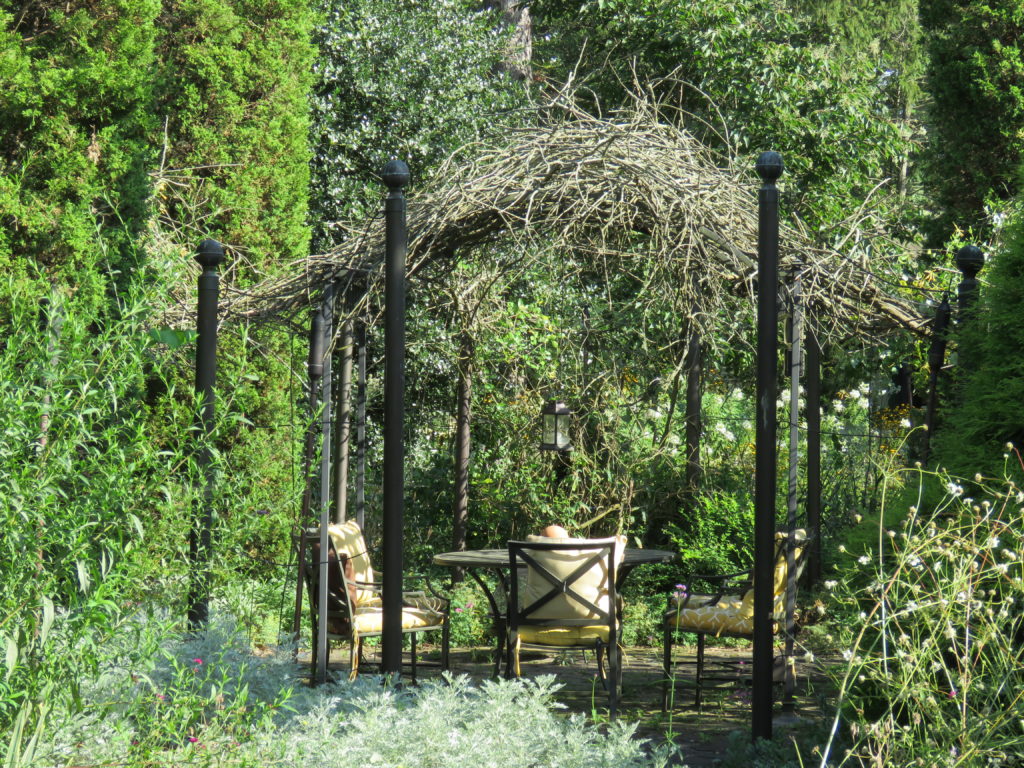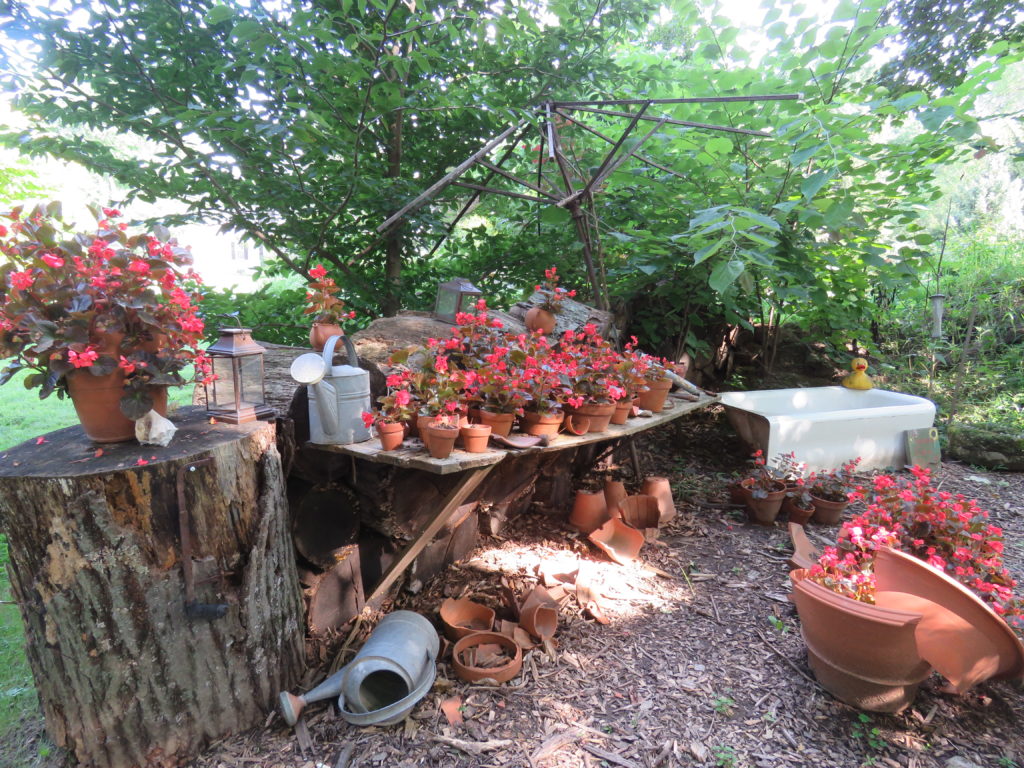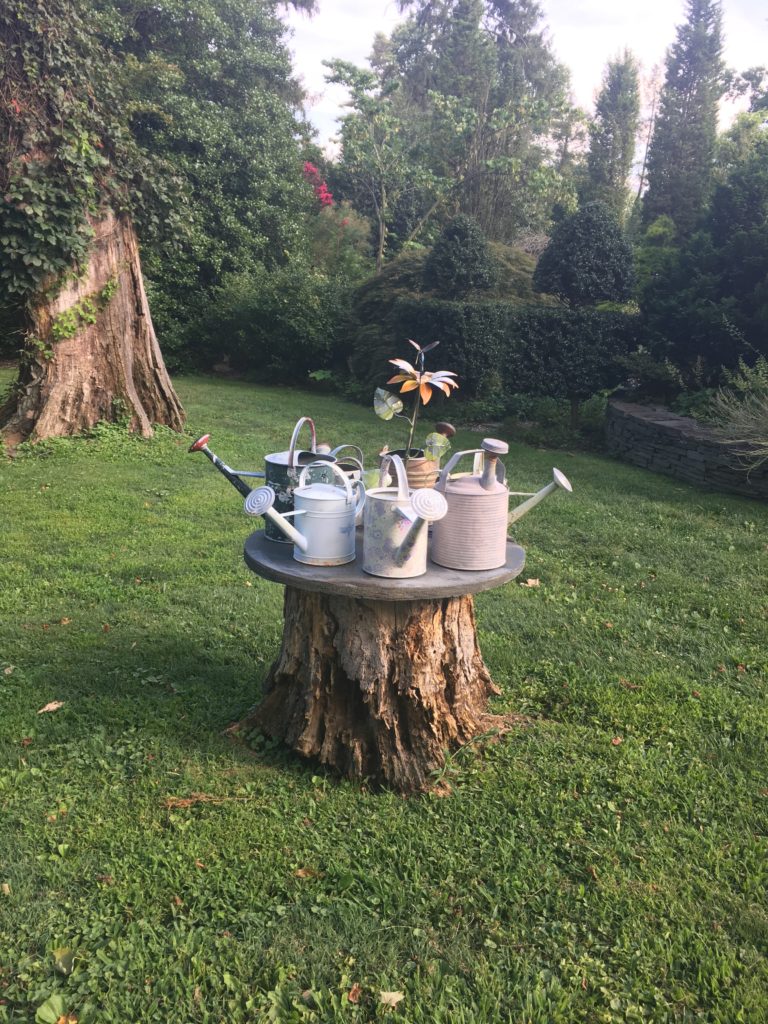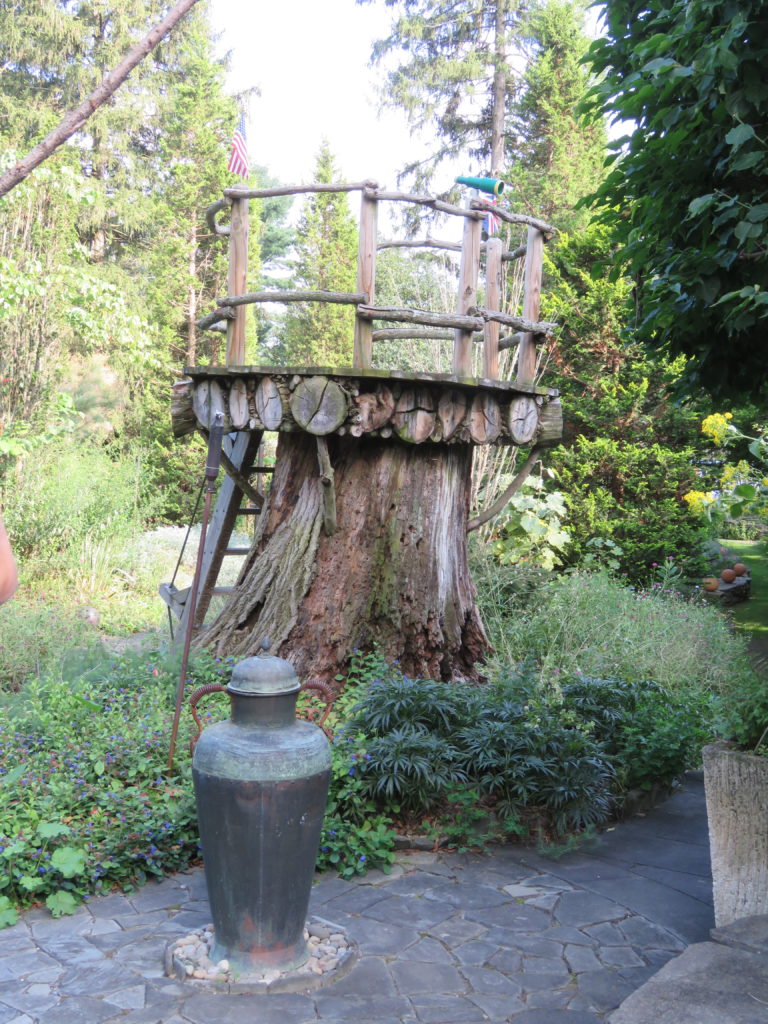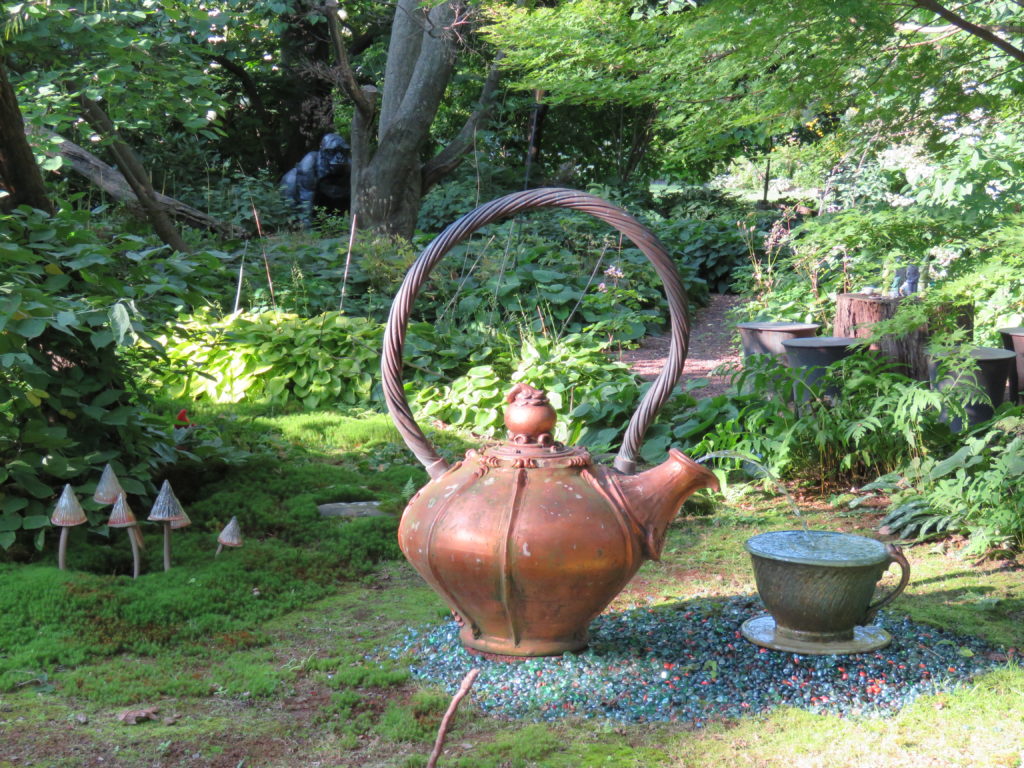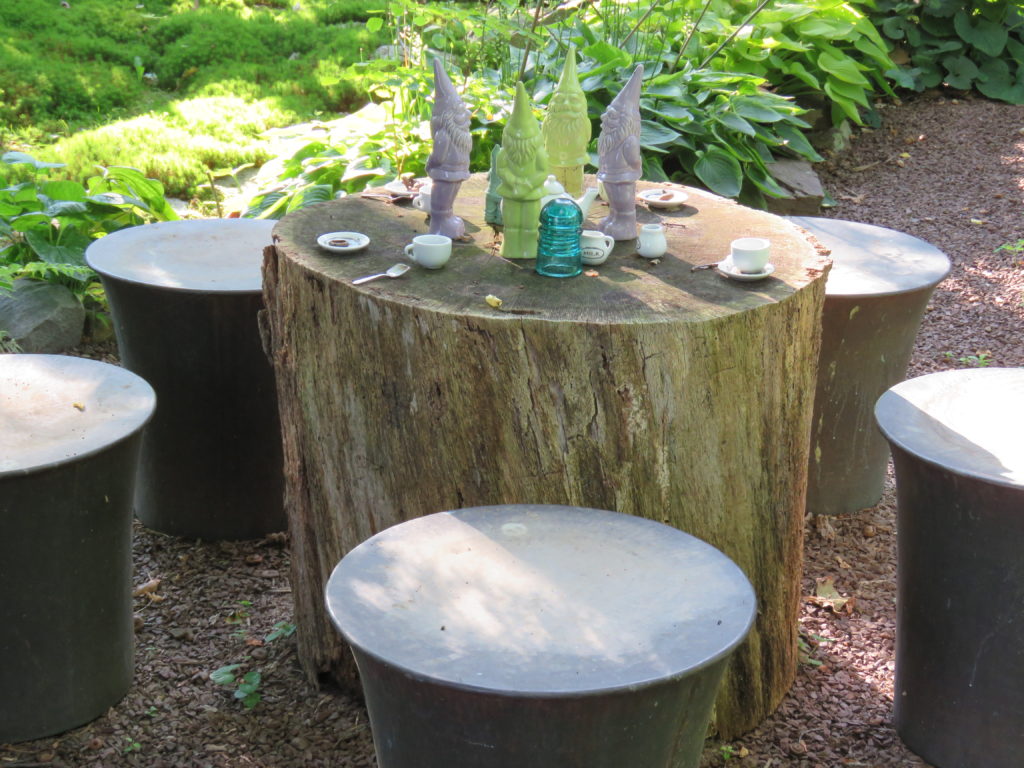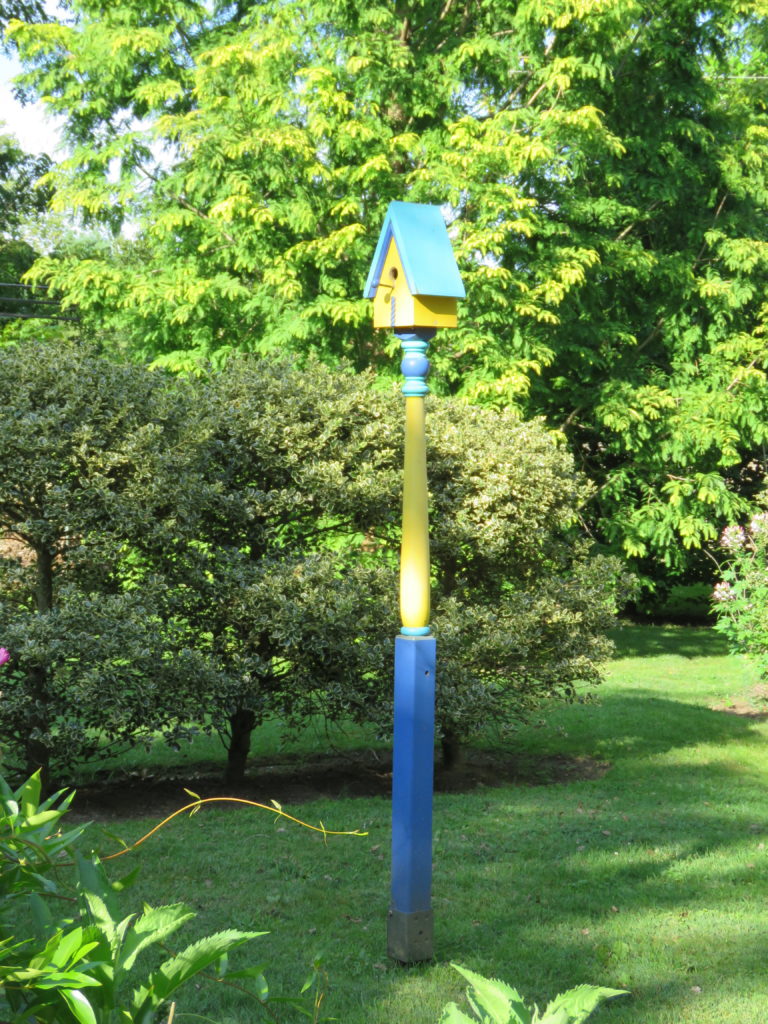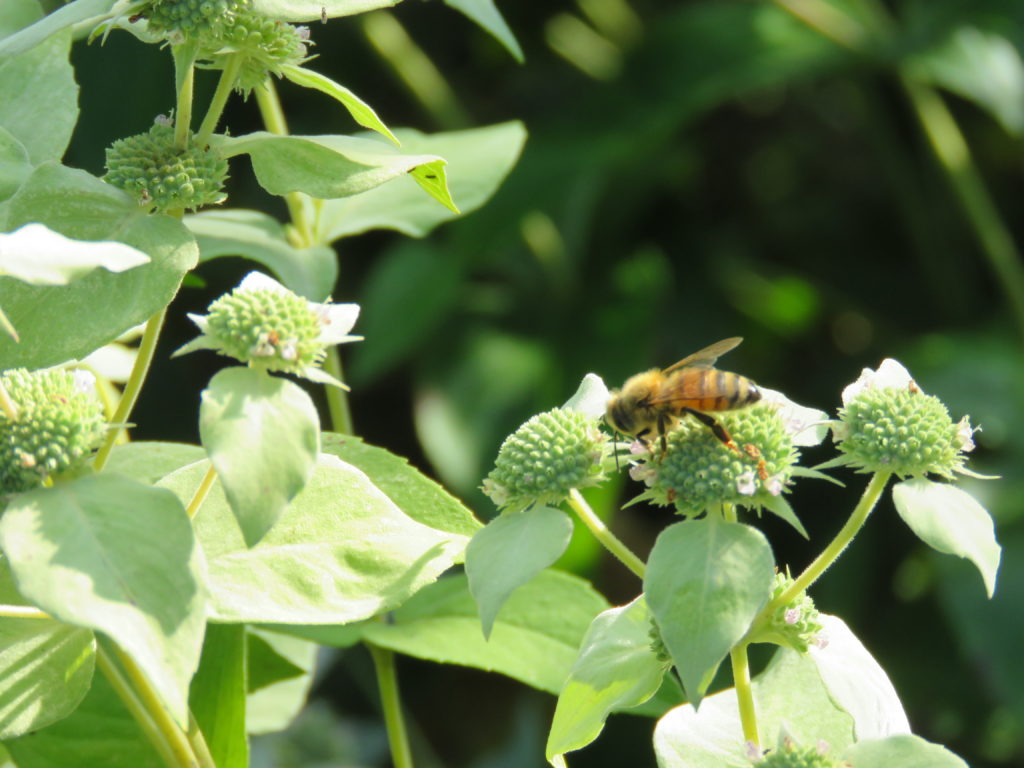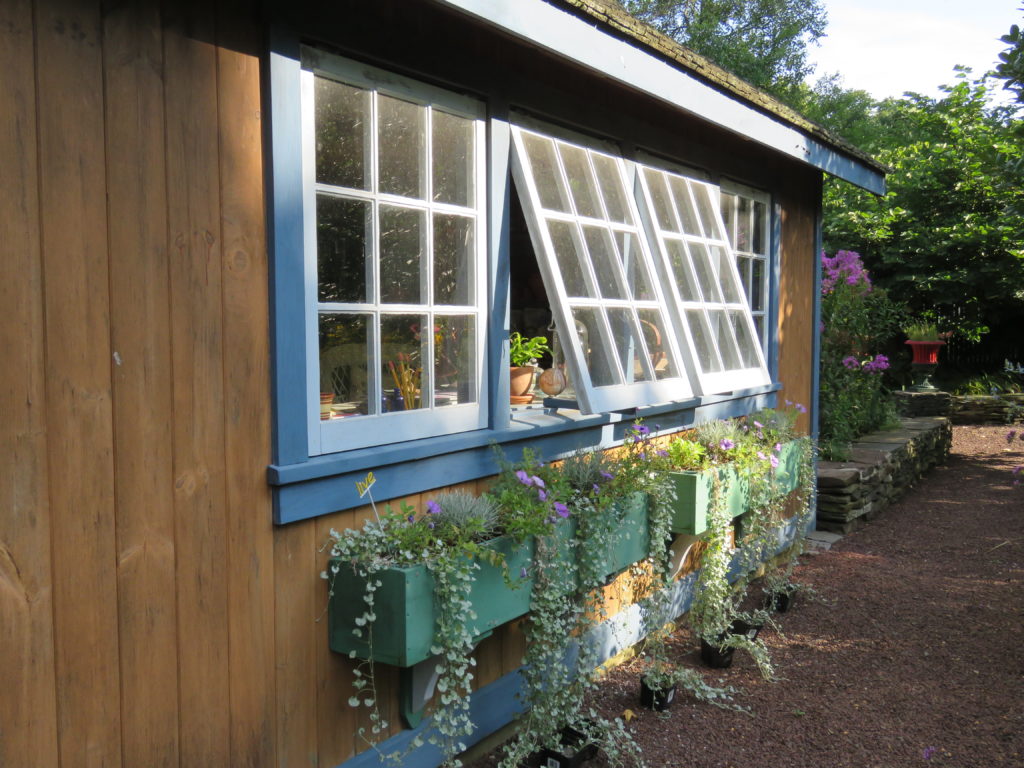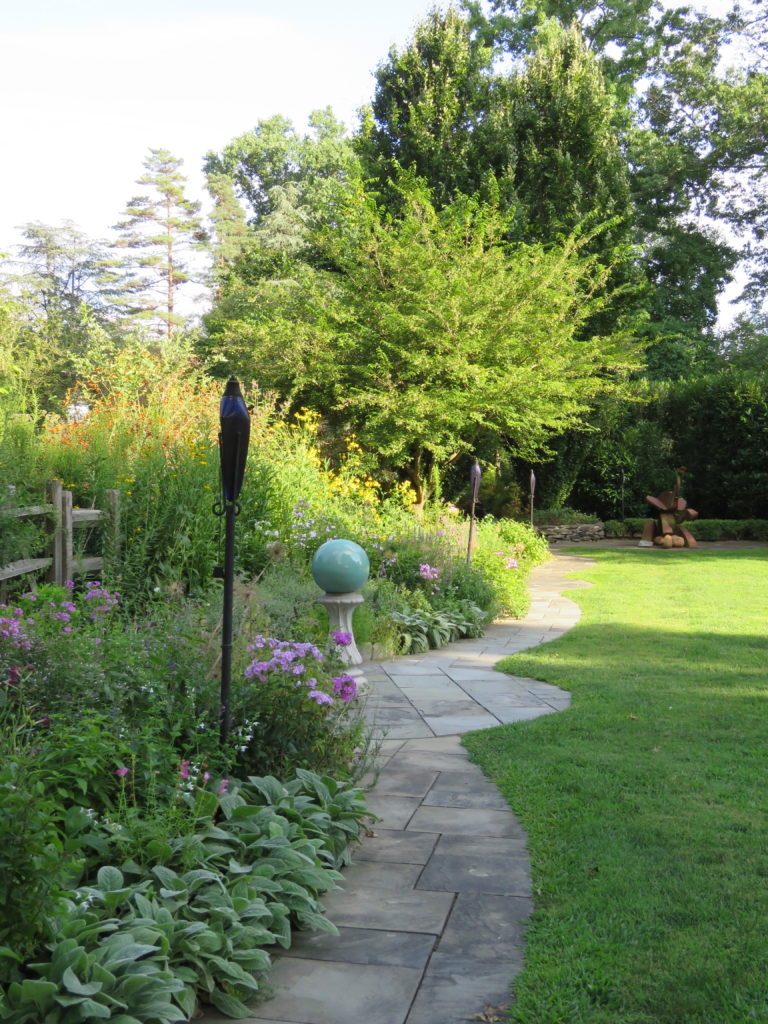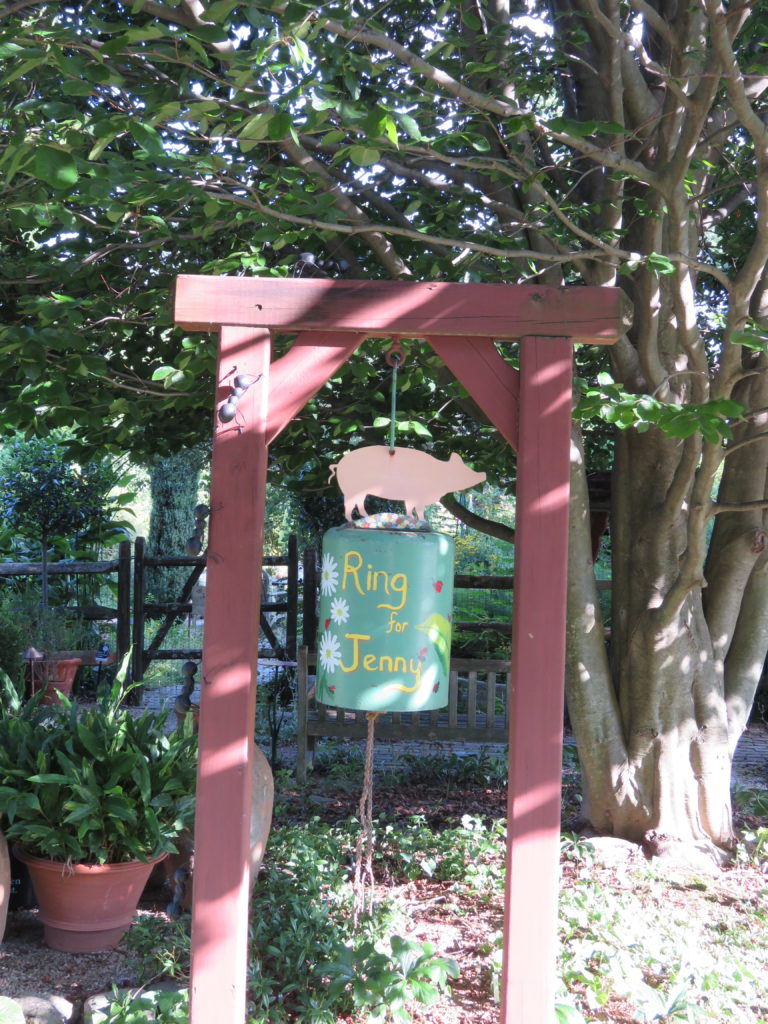Have you ever been to a place that you know for sure you have not been to before and yet as soon as you pull up in the driveway you have an overwhelming sense that you have walked that pathway, entered through that gate?
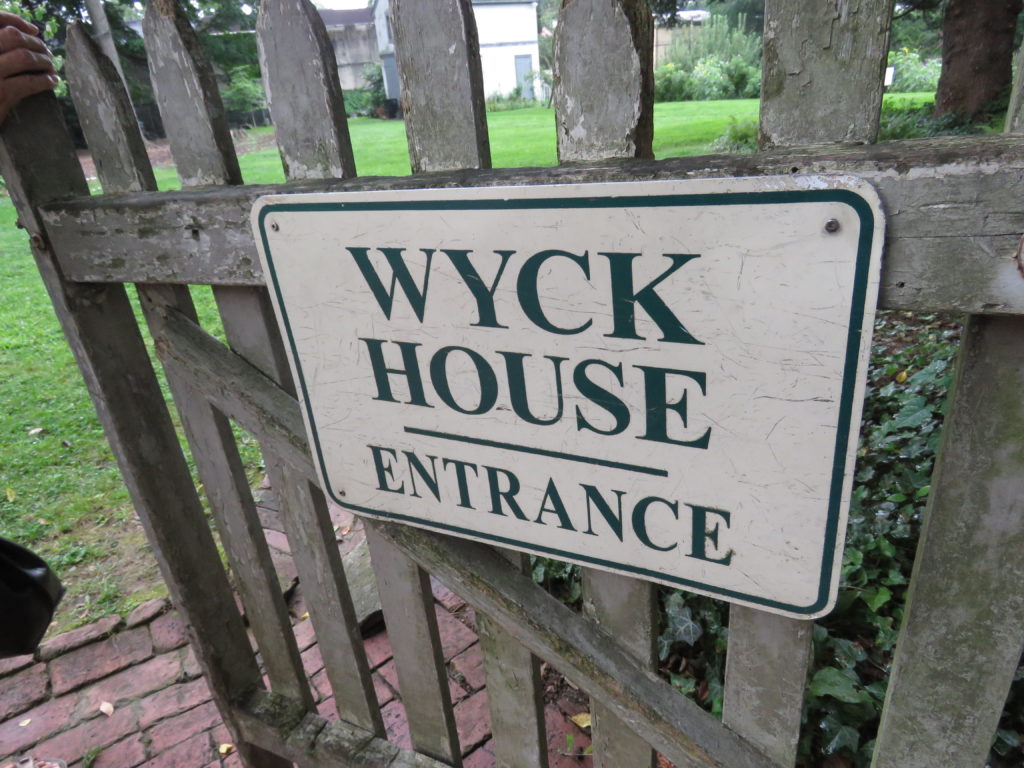


This happened to me quite a few times when I was in Philadelphia visiting with my friend, Eva Monheim last August. Eva and I would smile at each other in a funny kind of knowing way, without any need for words and later on I would say to her, “I’m sure I have been there before” which seemed kind of silly really because I know for sure that I have not been to Philadelphia in the past 54 years of this lifetime.



Which leads me to a garden in Philadelphia called Wyck. Eva and I pulled up in her car and there was not another soul there, it was all very quiet, we walked through the gate and suddenly, not like a bolt of lightning, more like a warm blanket enveloping my whole body, I felt it, a sense that I had surely been there before. How funny that no-one else was there on the day that Eva and I were visiting, as if everyone had left just so that I could be there alone.



Wyck is a US National Historic Landmark house and was home to one Philadelphian family, the Wistar and Haines generations from 1690-1973. It is a 2.5-acre property and working small farm, right in the heart of Germantown on the outskirts of Philadelphia. The house itself is in the Quaker style, something that we don’t see in my hometown of Perth, Western Australia.
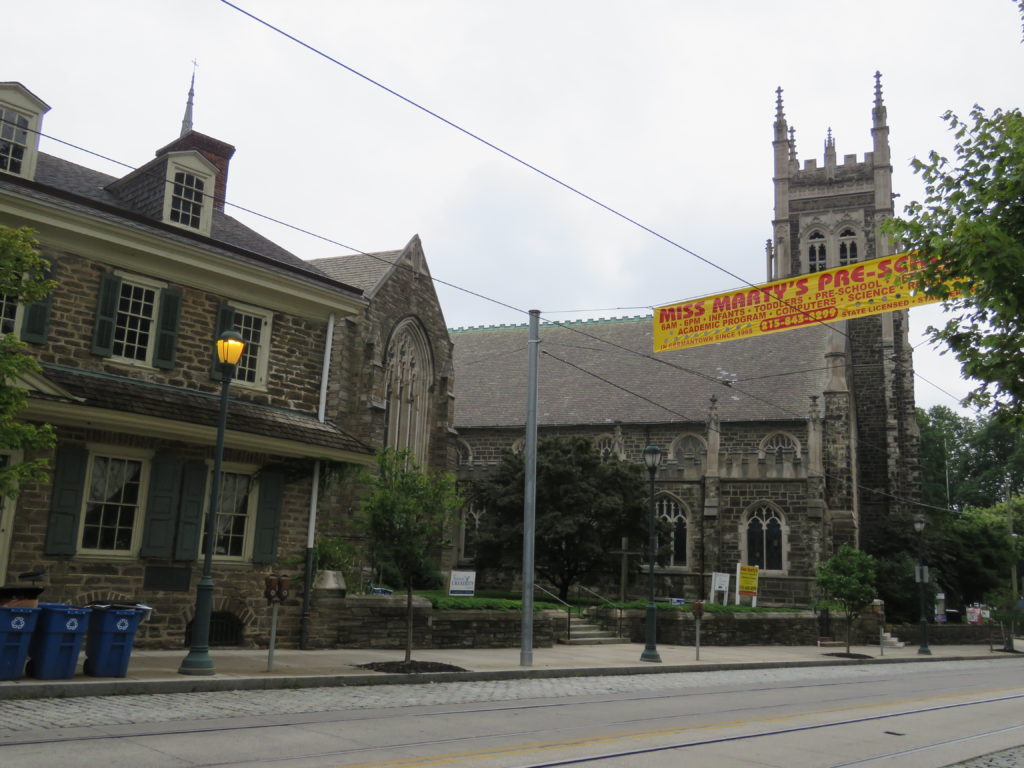
As well as the goodly-sized, white, historical home there are also outbuildings, sheds, and a large chook pen, this is where I had another “funny” feeling. The feeling was not at all unnerving, rather kind of comforting, in an odd way.

I walked over towards the chook pen to say hello to the girls when a pretty marmalade cat came running up to me as if to say ” Hey, Andrea, haven’t seen you in a while, where have you been?” That cat stayed close by me as I wandered around the rest of the farm garden. I must say that when it comes down to it, cats don’t usually have much regard for me, nor I for them. I always say that I’m a dog person more than a cat person but this one was incredibly curious and very endearing.
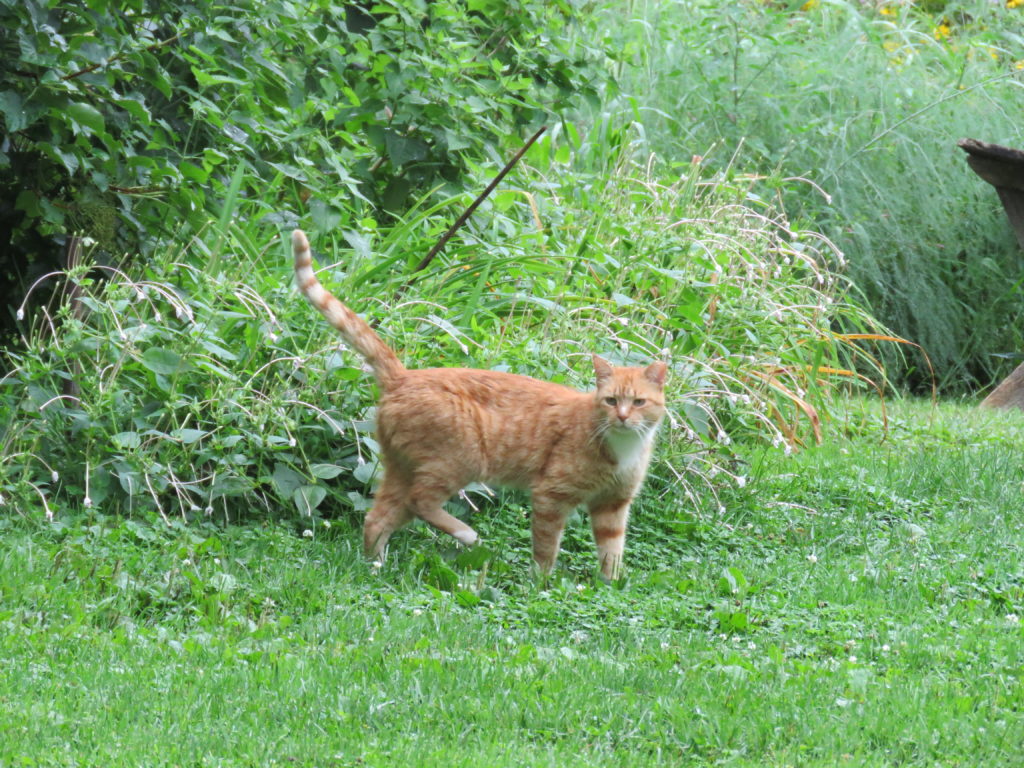
The rose gardens at Wyck are some of the oldest in the USA and on this rather damp, drizzly day had reached the end of their blooming and were just about ready for a prune, I honestly was not at all sad that I had missed the blooms, the bones of this small but interesting rose garden offered heaps of interest for me.
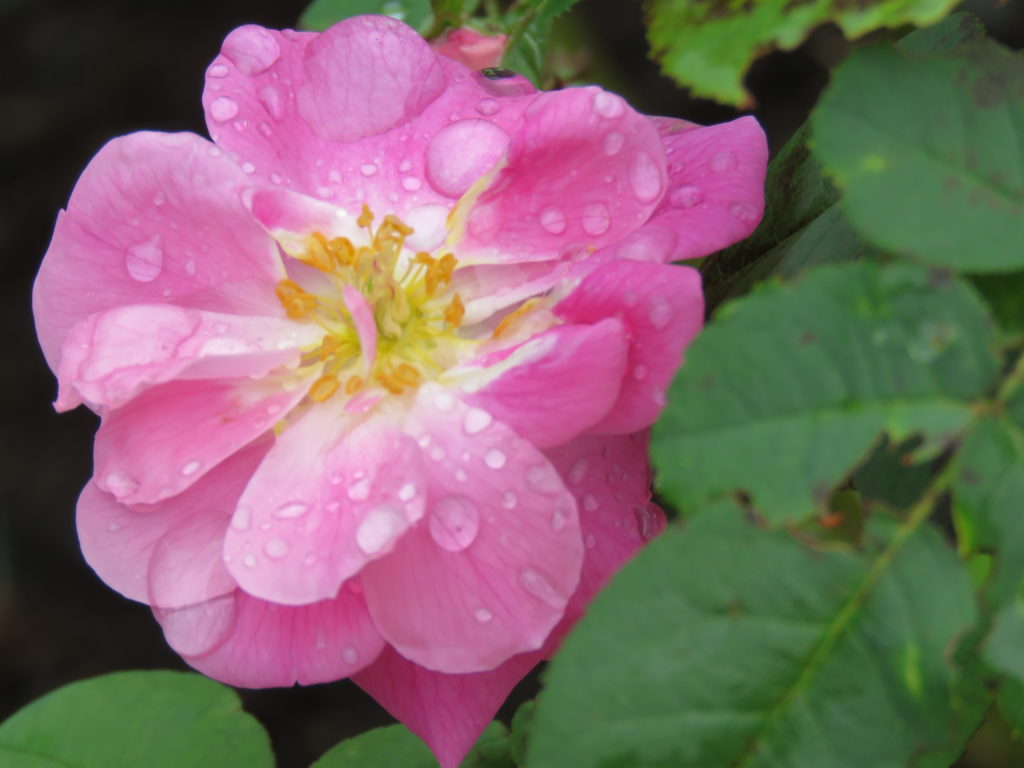
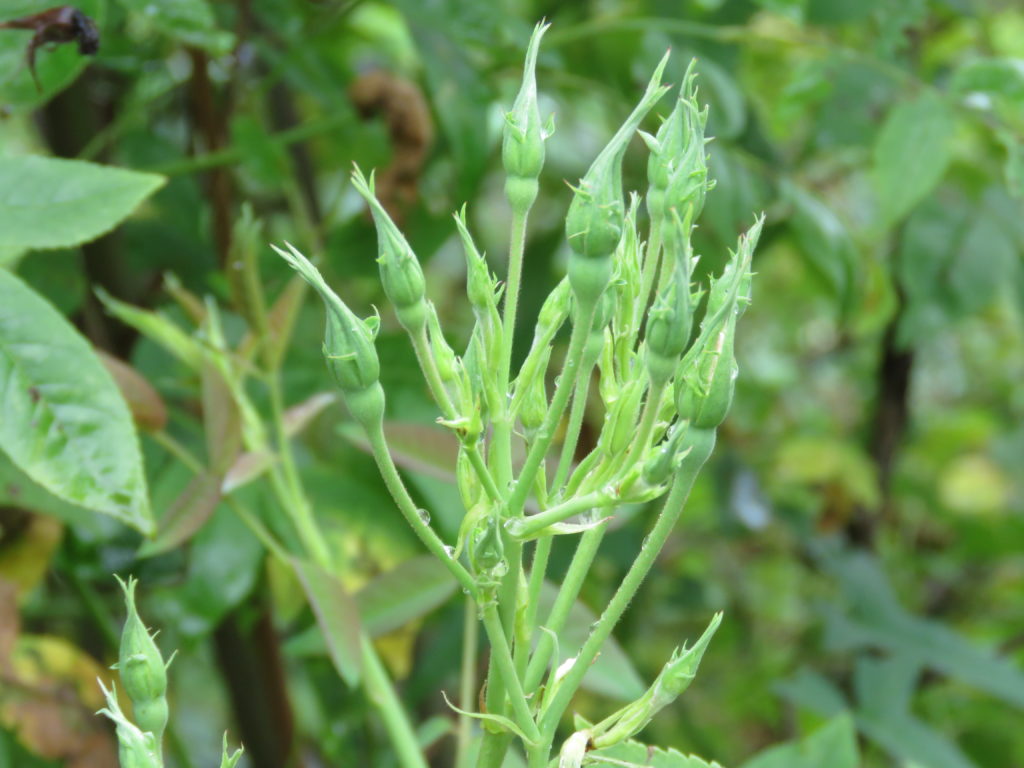






The production garden grows fruit and vegetables for a Farmers Market and an outdoor classroom for regularly held events. Throughout the growing season, produce is offered for sale which helps support the upkeep of the property.
I am not sure if it was my German ancestry or quite what really but for some strange and unexplainable reasons, Wyck will always stay with me or maybe it was always there.
 Have you ever had an experience like this?
Have you ever had an experience like this?
If you are in the Philadelphia area, why not, take a walk through Wyck.



 One balmy Pennsylvania afternoon, last August, I visited my GWA (Association for Garden Communicators) friend, Jenny Rose Carey, in her Philadelphia garden and am sitting here thinking about how beautiful it must be looking right now. Luckily, I took heaps of shots and am so happy to be able to share this very special garden with you.
One balmy Pennsylvania afternoon, last August, I visited my GWA (Association for Garden Communicators) friend, Jenny Rose Carey, in her Philadelphia garden and am sitting here thinking about how beautiful it must be looking right now. Luckily, I took heaps of shots and am so happy to be able to share this very special garden with you.